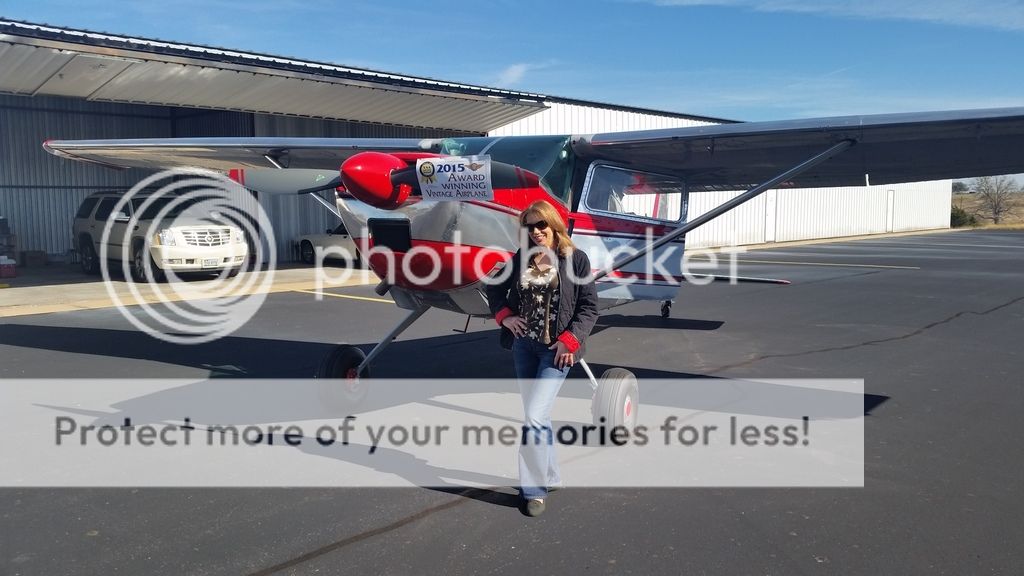I will soon be purchasing a (temporary) airplane. Expecting to keep it for 2 years before reselling. Will probably add 1k of hours on it, all VFR with max 2 people. Cruise above 115kts and service ceiling 10k are (slightly marginal but) acceptable.
I do not have any particular preferences for high/low-wing, nor is purchase price too important (let us say up to $200k).
Within these parameters, my biggest concern is the ability to quickly/easily resell the airplane with a value close to initial purchase price (less engine time, and up to, say $3/h on the airframe).
While I have considered a PA-28 180, Archer, M20J, DA20(C1), SR20 and RV6-9, all with really good value and probably airplanes I would buy if I was going to keep them long term, it seems the easiest to sell are (easiest first):
I do not have any particular preferences for high/low-wing, nor is purchase price too important (let us say up to $200k).
Within these parameters, my biggest concern is the ability to quickly/easily resell the airplane with a value close to initial purchase price (less engine time, and up to, say $3/h on the airframe).
While I have considered a PA-28 180, Archer, M20J, DA20(C1), SR20 and RV6-9, all with really good value and probably airplanes I would buy if I was going to keep them long term, it seems the easiest to sell are (easiest first):
- 172M
- 172N
- 172P
- 172R or 172S from 1997 to ~2003
- Well maintained/hangared airplane up to a few $k above Vref
- From dry climate with little/no corrosion
- <10k h airframe and never a trainer
- Full logs
- Few modifications where seller expects receiving close to new price for the add-ons: upgraded engine (eg 180HP), avionics, interior, exterior, etc


 I will report back in 2017 to see where we ended up ...
I will report back in 2017 to see where we ended up ...